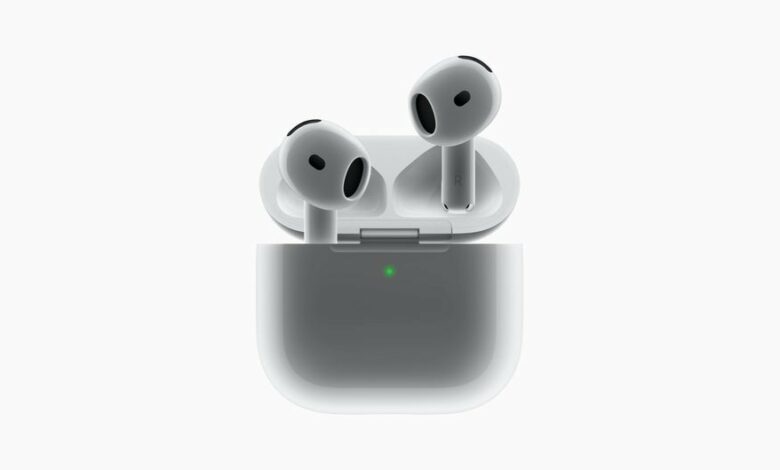Apple Airpods 4 replace physical pairing button with a capacitive one


To initiate pairing, users will now need to open the case and double-tap this hidden button. The same gesture also serves to reset the AirPods 4 to their factory settings, streamlining two key functions into a single, intuitive action.
This shift away from a physical button is more than just an aesthetic choice. It reflects Apple’s ongoing pursuit of minimalism and its willingness to experiment with new interaction models. Capacitive buttons, with their smooth surfaces and lack of moving parts, contribute to a cleaner, more streamlined design. They are also less prone to wear and tear, potentially enhancing the longevity of the AirPods case.
This is new, The AirPods 4 no longer has a physical pair button in the back of the case, but instead of a capacitive button at the front area of the case. Double tap to start the pairing with phones.
Interesting I guess https://t.co/RQT8LjVYRo— ShrimpApplePro (@VNchocoTaco) September 11, 2024
However, the transition to a capacitive button might not be universally welcomed. Physical buttons, with their tactile feedback, offer a clear sense of confirmation that an action has been registered.
This can be particularly valuable for infrequent tasks like pairing and resetting, where users might not be entirely familiar with the process.
Furthermore, some users might find the hidden nature of the capacitive button less intuitive than a traditional, visible button. It could lead to a brief learning curve as users adjust to the new interaction model.
The success of this design change will likely depend on how seamlessly Apple integrates the capacitive button into the overall user experience. If the gestures are responsive and the feedback is clear, users might quickly adapt to the new approach. Now, time to research new AirPods cases that will work with capacitive buttons.
On the other hand, if the capacitive button proves to be unreliable or difficult to use, it could become a point of frustration for some. Only time will tell how this design decision will be received by the wider AirPods community.


